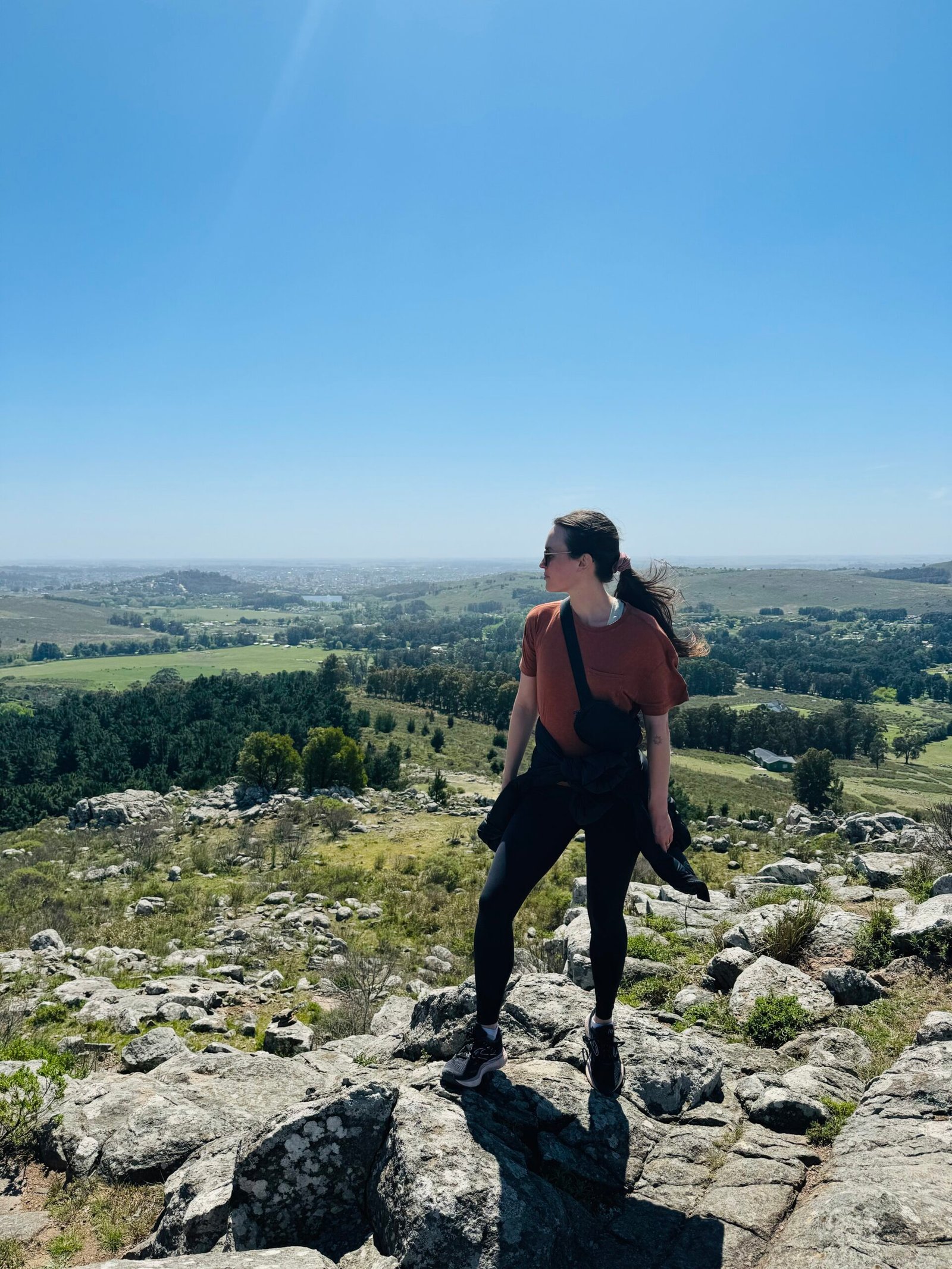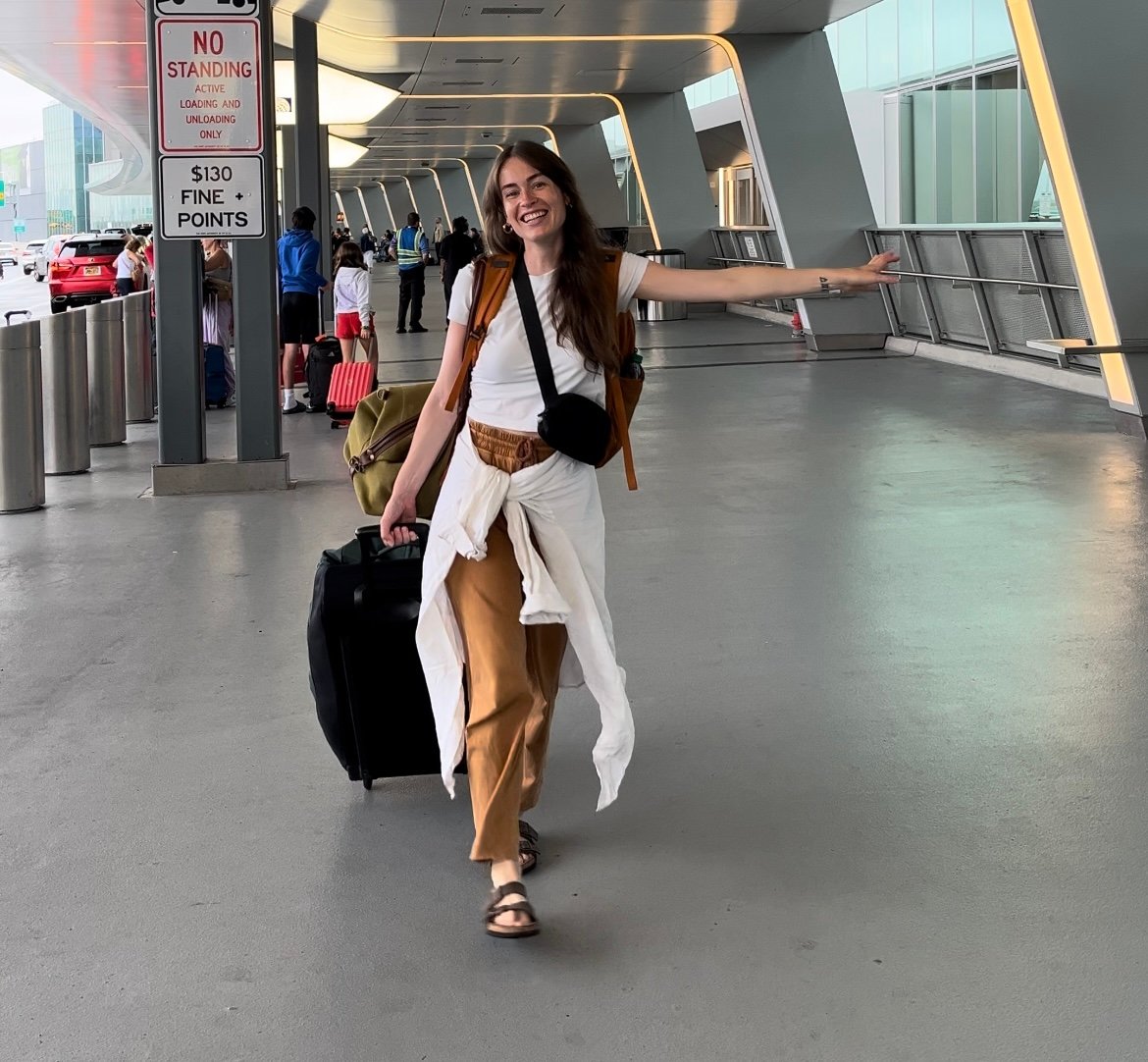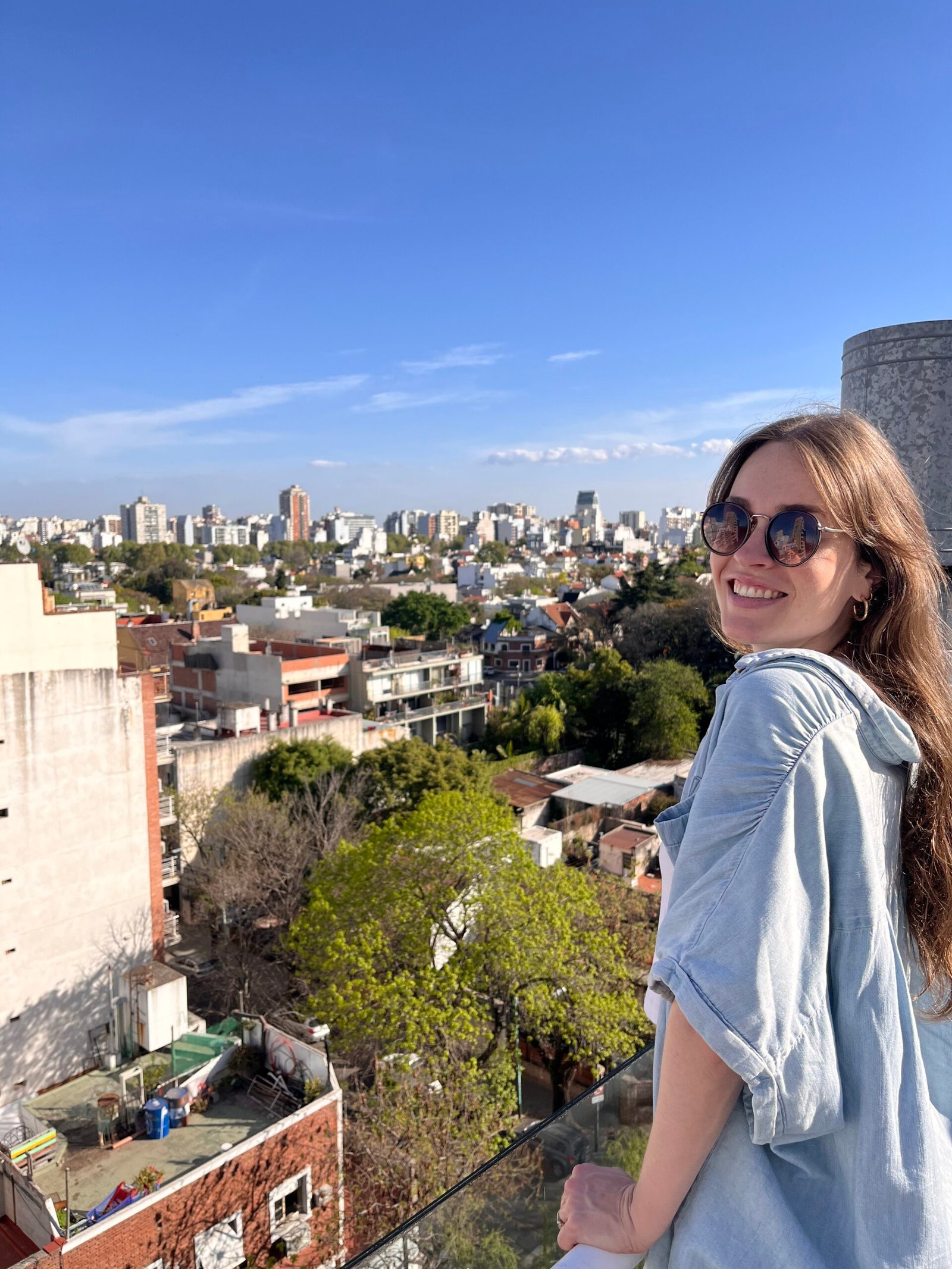Buenos Aires is a city of neighborhoods, each with its own distinct personality and charm.
From the history-steeped cobblestone streets of San Telmo to the trendsetting boutiques of Palermo to the grand boulevards of Recoleta, I was amazed by the number of diverse sites and experiences packed inside one city.
If you’re traveling to Buenos Aires as a digital nomad, it’s important to take stock of what matters to you. Do you like living in an area with lots of movement? Restaurants? Parks? Fellow travelers? Here, there’s something for everyone.
In this neighborhood guide, we’ll break down the most popular spots for travelers and nomads to settle in Buenos Aires.
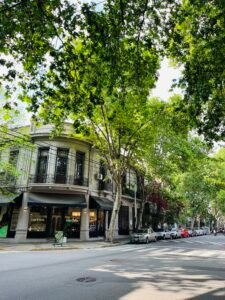
📍 Recoleta
Recoleta is a neighborhood that seamlessly marries class and charm, making it a great choice for digital nomads seeking a blend of upscale living while still being close to the city’s main tourist attractions.
The neighborhood gained popularity in the mid-18th century with wealthy, aristocratic families. As French architecture was popular at the time, many homes were built by French architects with materials imported from France and Italy. Today, you’ll find the neighborhood is characterized by elegantly dressed residents, chic cafes, Art Nouveau architecture, and large parks.
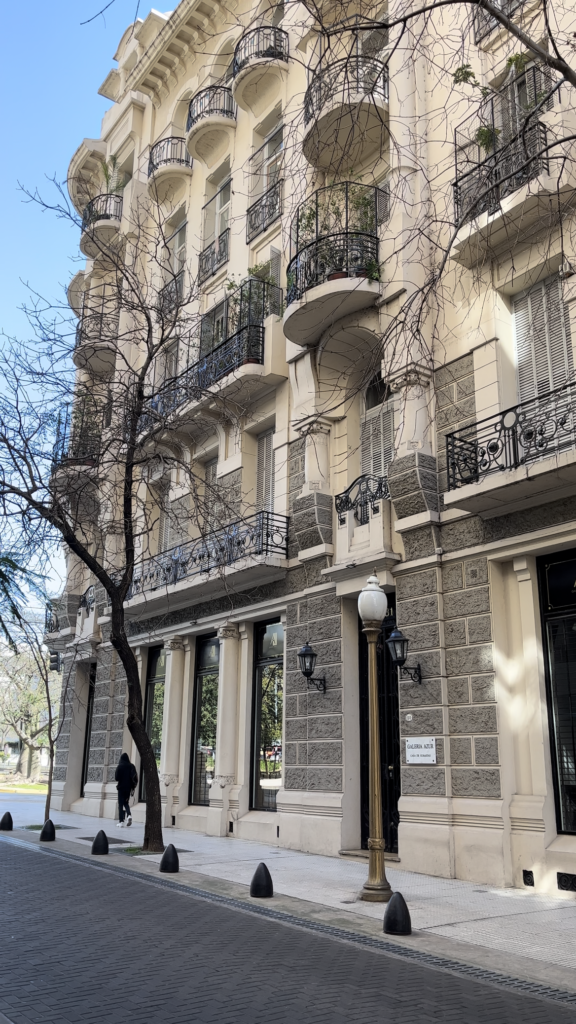
📍 Palermo
If you want to live in the most popular home base for digital nomads, Palermo is your spot! This neighborhood has grown tremendously over the years, with new restaurants, bars, and shops opening up all the time. It’s a popular choice for young professionals and also a hub for events, concerts, and digital nomad meet-ups.
As the largest neighborhood in Buenos Aires, Palermo can be broken into various sub-neighborhoods, each with its own personality. Here are three common bases for digital nomads:
→ Soho
This is the heart of Palermo’s shopping district, with everything from designer boutiques to name-brand shops. Nestled amongst the cobblestone streets and bright street art you’ll also find cool cafes, cocktail bars, art galleries, and street markets. Almost every night of the week, its plazas fill up with young locals, tourists, and digital nomads alike.
→ Hollywood
Hollywood got its name thanks to the number of TV and film production studios in the area. Similar to Soho, it is a hub for the young and fashionable — just slightly quieter. With a concentration more on dining than shopping, you’ll find everything from trendy vegan cuisine to parrillas to 10-course plated dinners.
→ Palermo Norte
Slightly underrated (in my opinion), Palermo Norte is a less touristy version of its neighbors, Soho and Hollywood. There’s still so much to do, with museums, embassies, restaurants, and cafes filling the area. The neighborhood is also within walking distance of some beautiful parks, including the Jardin Japonés and Parque Thays.
📍 Las Cañitas
While it’s technically part of Palermo, many consider Las Cañitas its own neighborhood given that it’s sandwiched between the polo fields and a large park. The area is central and well-connected, bordering one of Buenos Aires’ main avenues, Avenida Libertador. You’ll find the streets are always bustling with people in transit, shopping, eating, or out for a stroll.
Las Cañitas is walking distance from the many restaurants, bars, and clubs in Palermo Soho and Hollywood but also boasts its own array of dining options and cafes. Locals joke that if you live in Las Cañitas, you’ll never need to leave.
📍 Villa Crespo
As Palermo continues to grow, Villa Crespo welcomes the expansion of trendy restaurants, bars, and cafes into its cobblestone streets. It’s still quieter and more affordable than its neighbor Palermo, but you’ll find more and more establishments popping up all the time. The area was traditionally known for being a middle-class neighborhood, meaning you won’t find any high rises here.

📍 Chacarita
Similar to Villa Crespo, Chacarita is a growing extension of Palermo. This up-and-coming neighborhood is a haven for some of the trendiest vermouth bars, corner cafes, and innovative restaurants in the city right now. Yet, you’ll find its streets are calm and quiet with a strong residential feel. You’re walking distance from Villa Crespo and Palermo, putting you in a nice central location.
📍 San Telmo
San Telmo is one of the oldest neighborhoods in Buenos Aires, with charming cobblestone avenues, street art, bookstores, and tango in the plazas. You’ll find colonial-style architecture along with a more bohemian-style vibe. On the weekend, San Telmo is a popular destination for locals and tourists alike with its Sunday market.
San Telmo neighbors Buenos Aires’ downtown on one side and the famous La Boca on the other. The area is not considered to be as safe as the above neighborhoods, and you’ll need to be more cautious when out on the streets.
📍 Microcentro
Microcentro is quite possibly the most iconic neighborhood in Buenos Aires as it’s home to the famous Obelisco, Plaza de Mayo, important government buildings, and both the theater and financial district. The area is bustling at all times of day with tourists sightseeing, professionals walking to the office, locals out shopping, and more.
Despite being so central, you’ll find that Microcentro is not a popular choice for living since it’s primarily offices, stores, and tourist attractions. If you do decide to stay in this neighborhood, you’ll need to be extra mindful of safety precautions. Pickpocketing is more common given the high number of people, including plenty of tourists, in this area.
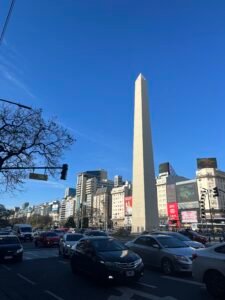
Looking for a less touristy choice?
This guide wouldn’t be complete without mentioning Nuñez, Almagro, Saavedra, and Caballito. All four are safe choices for digital nomads looking to live in less touristy areas. While you’ll be a bit off the beaten track (that is, you won’t have digital nomad meet-ups happening around the corner every weekend), you’ll still find that all four neighborhoods are safe and charming in their own right.
Nuñez is on the border of the capital city and the northern suburbs, making it the perfect combination of city living with quick access to the peace and quiet of a residential neighborhood on the river.
Almagro is a busy, middle-class, commercial center with lots of high-rise apartment buildings and plenty of movement.
Saavedra, on the other hand, is a quieter, residential neighborhood with the largest shopping center in Buenos Aires city (perks!).
Caballito has a more up-and-coming feel with its vinyl shops, bookstores, and bars. It’s quieter and cheaper than its neighboring Villa Crespo but offers the same style of tree-lined avenues and cobblestone streets.
So, which neighborhood suits you? 😏
